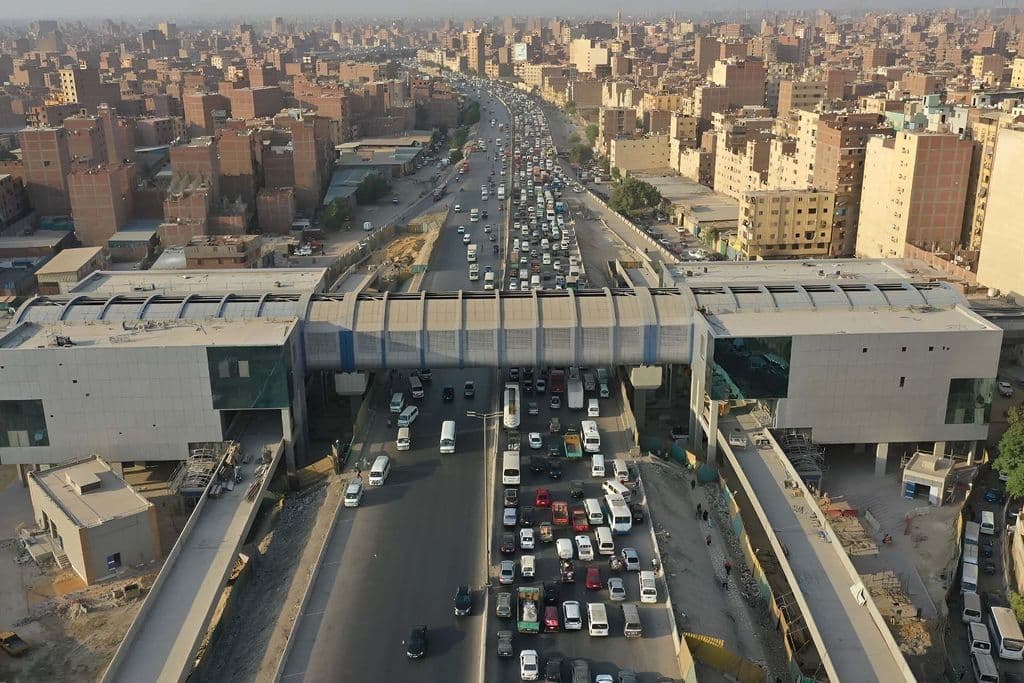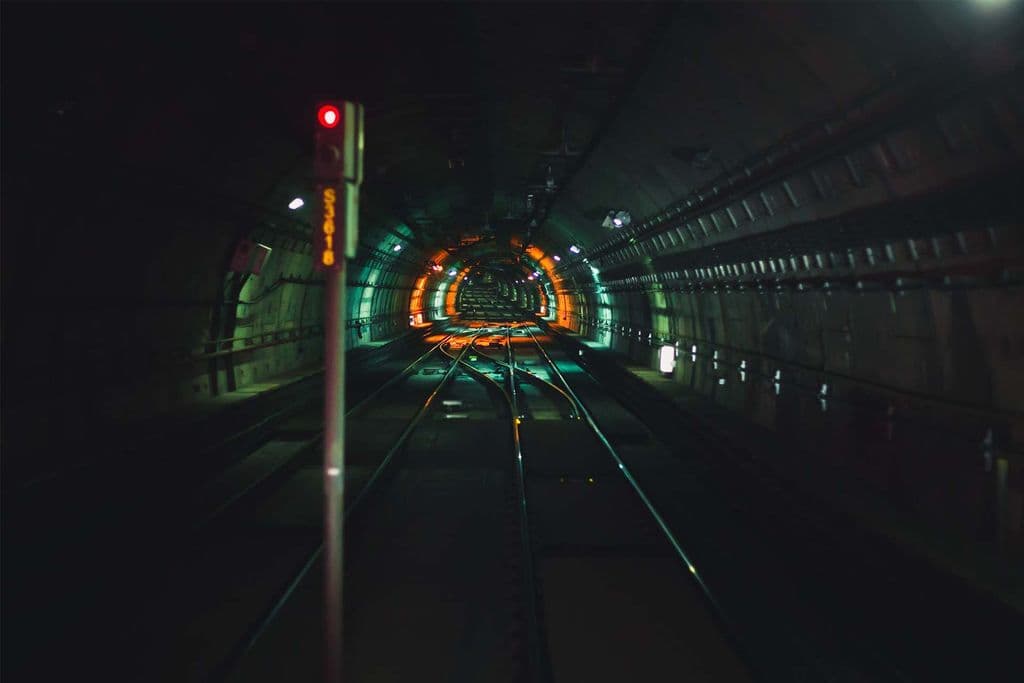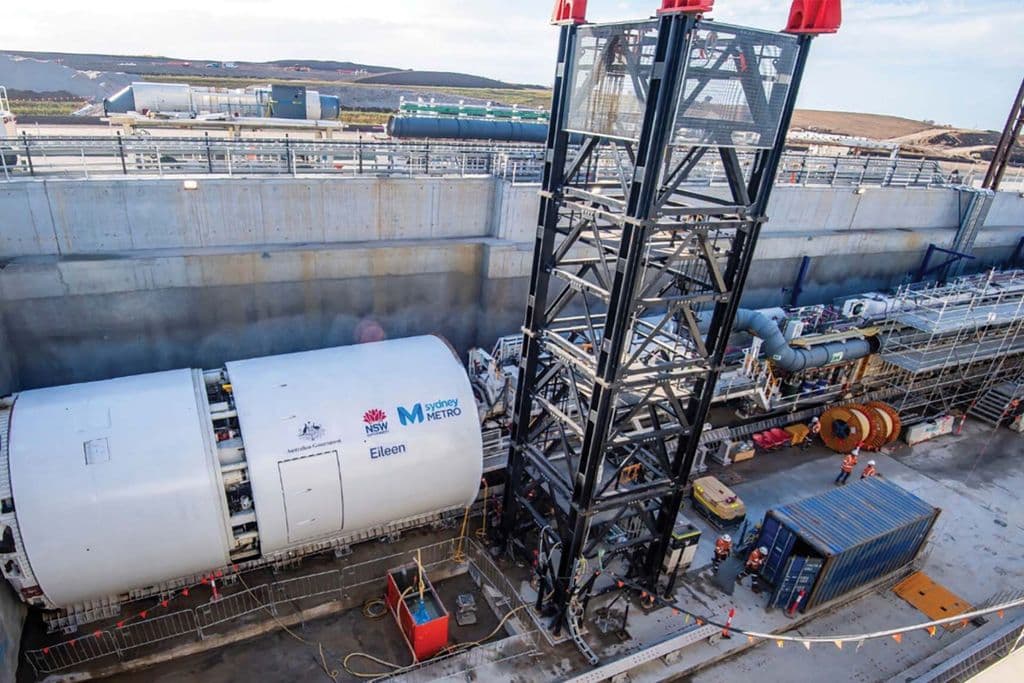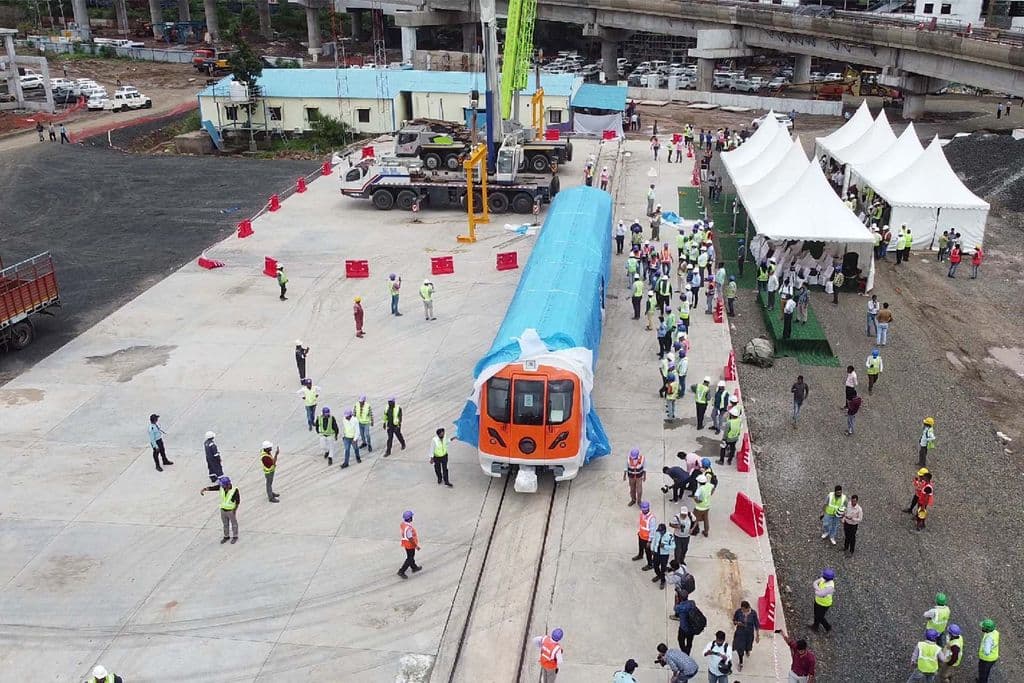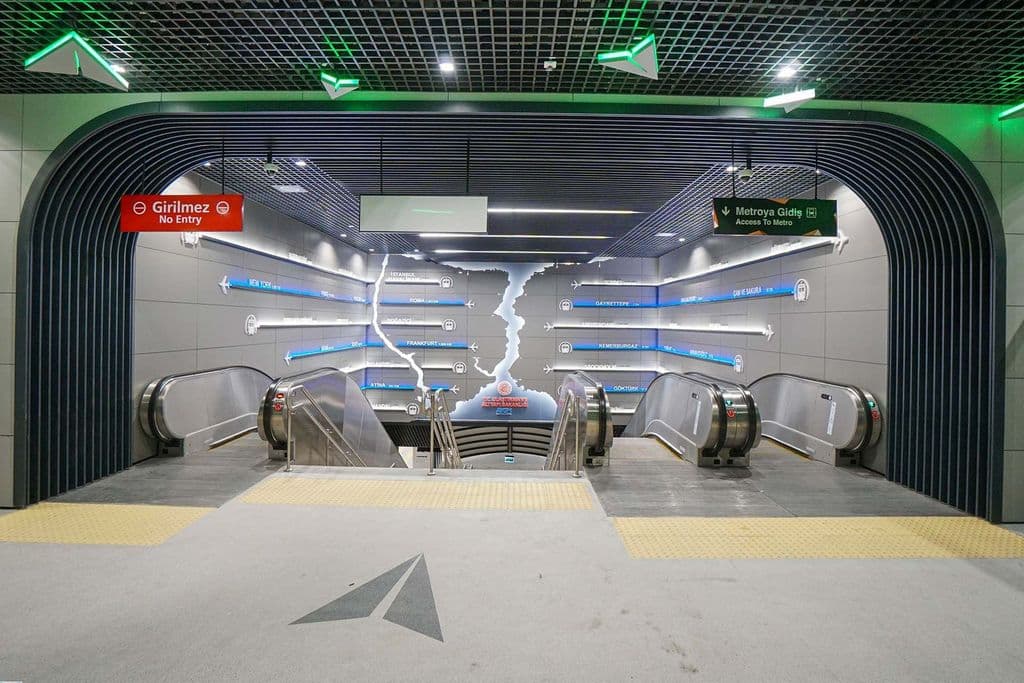
Domains
Metros
Client
BMRCL UG1 Project / COASTAL-TTS JV
Time frame
Construction cost
$110'000'000
Services
- Design
- Technical site supervision - QA/QC
Phases
- Final design
- Tender design
- Preliminary design
- Construction
- Commissioning, completion
The Project
The introduction of these metro lines represents more than just a physical infrastructure upgrade; it symbolizes a commitment to prioritizing the well being of the city’s inhabitants. By embracing innovative solutions for urban mobility, Bangalore is paving the way towards a greener, more livable future, where the relentless pulse of the city is harmonized with the tranquility of clean air and smooth travel.
A metro marathon against traffic
Efficient transportation solutions are top priority in Asia’s megacities, where traffic and pollution may undermine quality of life if left unchecked. Bangalore, a metropolitan area of 8 million people in the south-west of India, has taken on collective transportation as the solution. Two new metro lines now run through the commercial and residential center of the city, for a total of about 42 kilometers. The contract concerns a 3.6 km section of the Bangalore Metro’s north-south corridor. The tunnels, each 2’515 m long, have a double-drilling configuration for a single track with an internal diameter of 5.6 meters and were excavated using three EPB-TBMs. Conversely, the two tunnels on the north and south sides were bored using the cut-and-cover technique for a total length of 600 m. The project also includes two underground stations, City Market and Chickpete, each 225 m long and constructed in cut-and-cover with bottom-up structures, excavated below the water table. Two TBM shafts, a bypass near the Majestic station, and three safety cross passages complete the job. The tunnel travels under densely urbanized areas and passes through soft, water-saturated soils, including silty sand and clay silt, beneath granite rock.
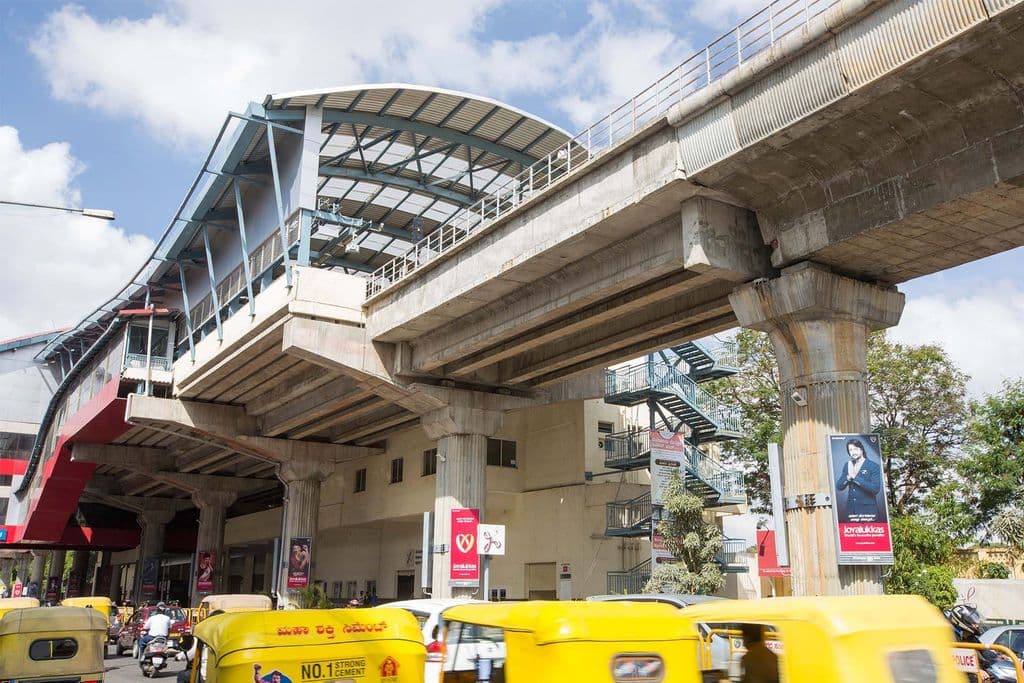
Bangalore is the capital of Karnataka state, situated in the southern India. It’s also known as the Silicon Valley of India, with a reputation for being a happening and vibrant city
It attracts a young and ambitious workforce eager to pursuing IT careers and explore entrepreneurial ventures. In an attempt to decongest this ever expanding city, authorities decided to implement a metro line. It was a great opportunity for us to design the underground part of the north-south corridor of the Bangalore Metro. Participating in the design and execution phases was an unforgettable experience, almost like fiction for us to see an underground line be built in India. When the project was commissioned, it was the first metro line in the southern part of India and considered an engineering marvel, on par with any modern metro in the world.

